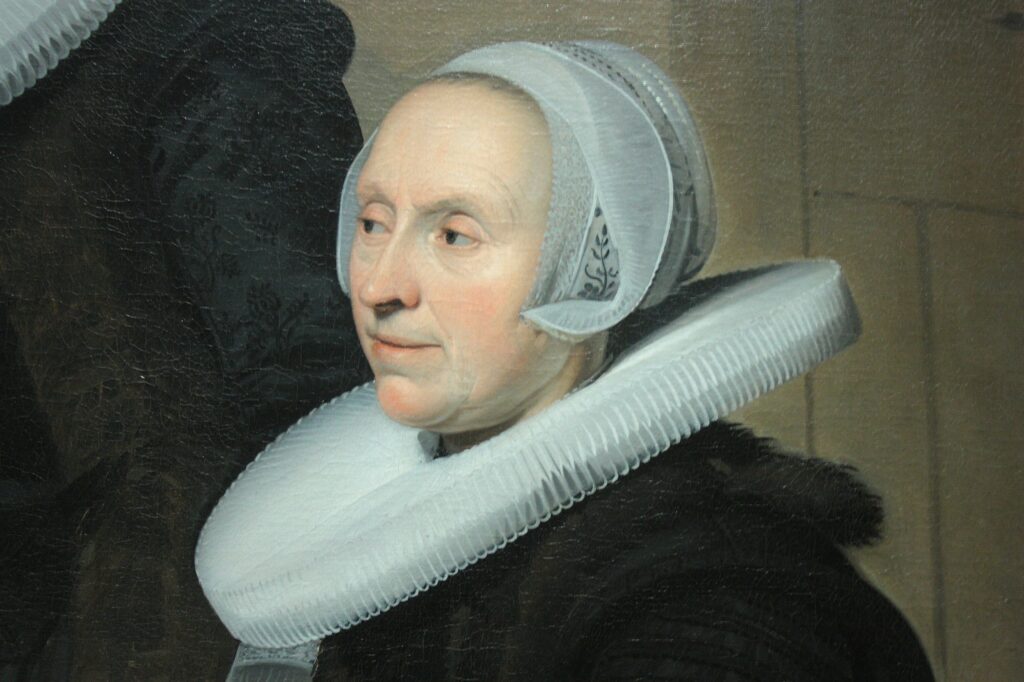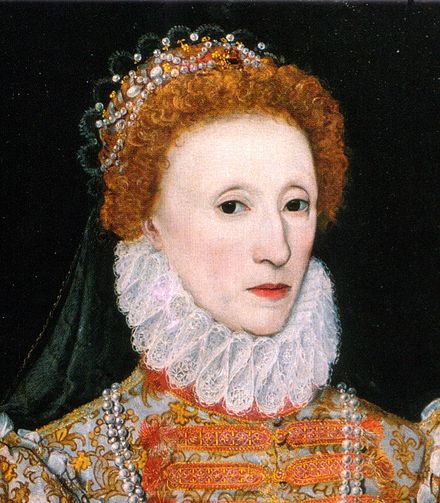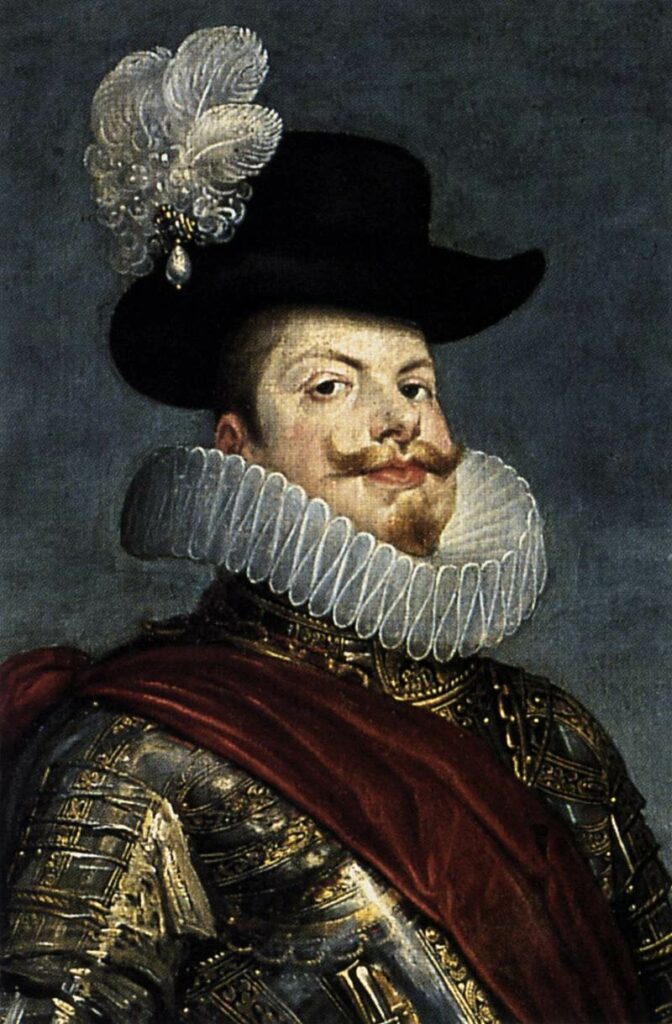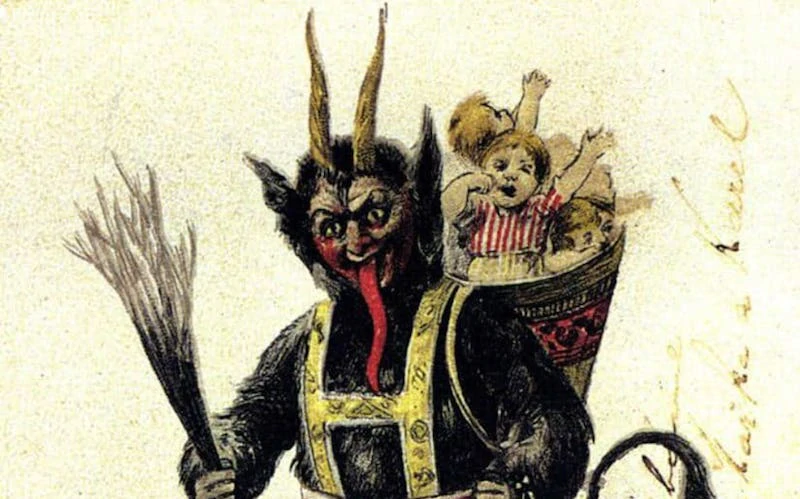In the long, winding course of fashion history, few pieces of clothing have captured the imagination and become as iconic as the Elizabethan ruff collar.
This remarkable accessory, worn by people of all different ages and genders throughout Europe and England during the 16th and 17th centuries, was much more than a mere collar. It was often a symbol of status, elegance, and style.
Spanning decades and constantly evolving, the ruff is featured in countless paintings and portraits of just about every nobleman and woman. However, like all trends, the famous fashion statement experienced its rise and fall.
With an enduring legacy and timeless look, the Elizabethan ruff collar remains a fascinating window into the fashions and social customs of a bygone era. It teaches us plenty about the men and women who wore it.

What is a Ruff?
The ruff, also known as the Elizabethan collar, was a prominent piece of clothing worn by men, women, and children. It was worn from the late Tudor era to the reigns of the Stuarts, roughly from the 1560s to the 1630s.
It was known primarily for its popularity and use throughout England – hence, the Elizabethan collar. It was also worn across Western Europe, although less frequently.
The ruff was a kind of starched, pleated collar that completely encircled the neck, often worn with elaborate and extravagant designs and fashions. Stiff, but detachable, it was made primarily from linen cloth, or lace.
It evolved from the small fabric ruffle at the neck of the shirt. It served as an accessory that could be washed separately, and it kept the wearer’s doublet or gown from becoming soiled at the neckline.
The ruff was notable for its size – the most fashionable were about a quarter of a yard wide. The stiffness of the garment forced an upright posture. Its impracticality made it a symbol of wealth and status, although, for the same reasons, it is typically viewed with ridicule by modern audiences.
By the 1580s, the ruff became a large cartwheel. It was starched with a frame of wire covered with silk thread worn under it. Ruffs were starched in various colors, including blue, green, and yellow. Each had it its own fashion statement and trend.

Early Development of Elizabethan Collars
The development of the ruff in the mid-sixteenth century revolutionized contemporary fashion. It quickly became a hallmark of Elizabethan England.
Initially, it was just a small frill that adorned the neckline of shirts and smocks. Likely first introduced around the 1540s, this new trend began with the noblemen.
However, with the introduction of English starch in the 1560s, the ruff gained new life. Starch gave the garment its stiffness. A wire frame underneath called a supportasse or underpropper, helped to create inventive and enormous varieties of the ruff by the 1580s.
The ruff became a separate garment. It was tied with tassels, allowing for separate laundering. And as time wore on, their size continued to increase.
This was most notable in the “cartwheel” ruff of the late sixteenth century. This used up to six yards of material, which became the epitome of Elizabethan fashion.
The development of the ruff is an important example of how changes in technology can revolutionize fashion. In the case of the ruff, it relied heavily on the newly concocted stiffening agents and the wireframes that gave them their shape.
The Connection to Elizabeth I
The Elizabethan collar, as it would come to be known, was prominently associated with Queen Elizabeth I and the entire Tudor era.
Throughout her reign and the reigns of the Stuarts who came after, the typical starched white collar was incredibly fashionable amongst all but the poorest, lowest classes.
Elizabeth herself is often seen wearing a ruff in her royal portraits. She even received one as a New Year’s gift in 1565.
During her reign as queen, the common, trendy colors were white, yellow, pink, and blue. However, Elizabeth took issue with blue ruffs. She even banned them, supposedly because the flag of Scotland was also blue.
Despite being just a piece of clothing, the status and importance conveyed by the popular garment were immense.
The Rise and Fall of the “Goffered Frill”
The collar had a high status in popular fashion from the mid-sixteenth to early seventeenth centuries. But the use of the Elizabethan collar, or “goffered frill,” began to decline in Western Europe at the start of the seventeenth century.
A similar style – the falling ruff – overtook it in popularity in the early seventeenth century. This style remained fashionable until the 1630s. Yet, by the mid-seventeenth century, the ruff had largely fallen out of fashion in Europe, in favor of wing collars and falling bands.
It was even banned altogether by Spain’s Philip IV.
However, the style lingered longer in the Dutch Republic and other locales. It also continued to be worn as part of ceremonial dress for city councilors and Lutheran clergy in some regions.
The Church of Norway featured the ruff in its clergy uniform until 1980. The Church of Denmark and the Church of the Faroe Islands still incorporate the ruff into their formal attire today.
The Collar’s Cultural Significance
The Elizabethan ruff collar was not simply a fashion statement. It was also a symbol of wealth, status, and authority. The size and complexity of the ruff usually reflected the wearer’s wealth and social standing, and it was often copied by those who wanted to emulate the elite.

However, the ruff was not without its detractors. Some Puritan commentators denounced the trendy fad as a symbol of pride and vanity. Interestingly, the decline of the ruff in the 17th century may have been due to similar, changing attitudes towards display and ornamentation.
As English society – and Europe, more generally – grew more focused on practicality and function, elaborate and excessive fashion crazes began to fall out of favor.
Today, the ruff collar remains a cultural icon and representation of the Elizabethan era. Despite its association with extravagance and excess, its influence can still be seen in contemporary fashion and costume design.
Overall, the ruff collar represents a unique and fascinating period in the history of fashion, one that will not be forgotten.
References
“Elizabethan Ruffs.” Historical Britain, 22 July 2013, https://historicalbritain.org/2013/07/22/elizabethan-ruffs/.
“Ruff.” Fashion History Timeline, Fashion Institute of Technology, 10 Aug. 2018, https://fashionhistory.fitnyc.edu/ruff/.

